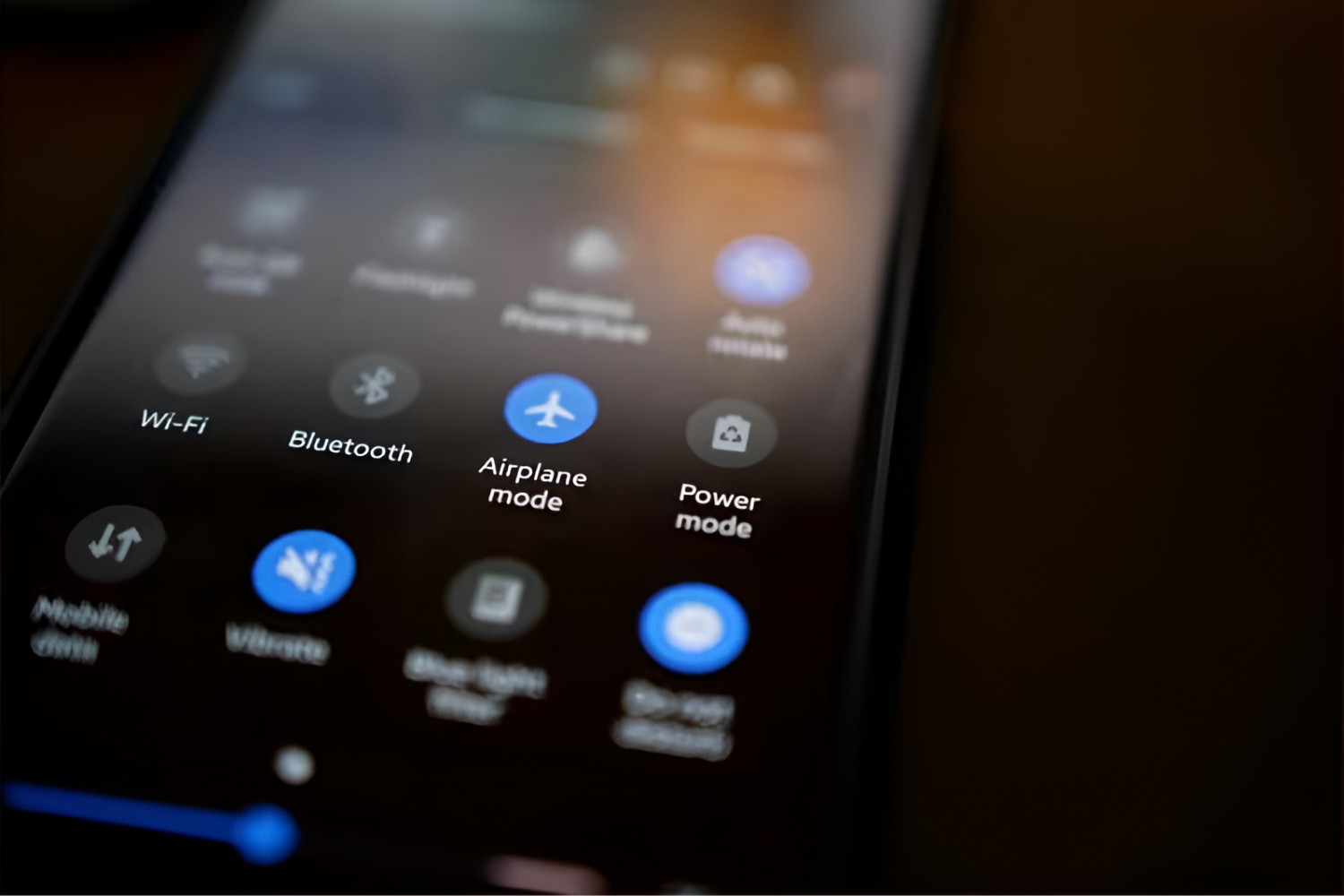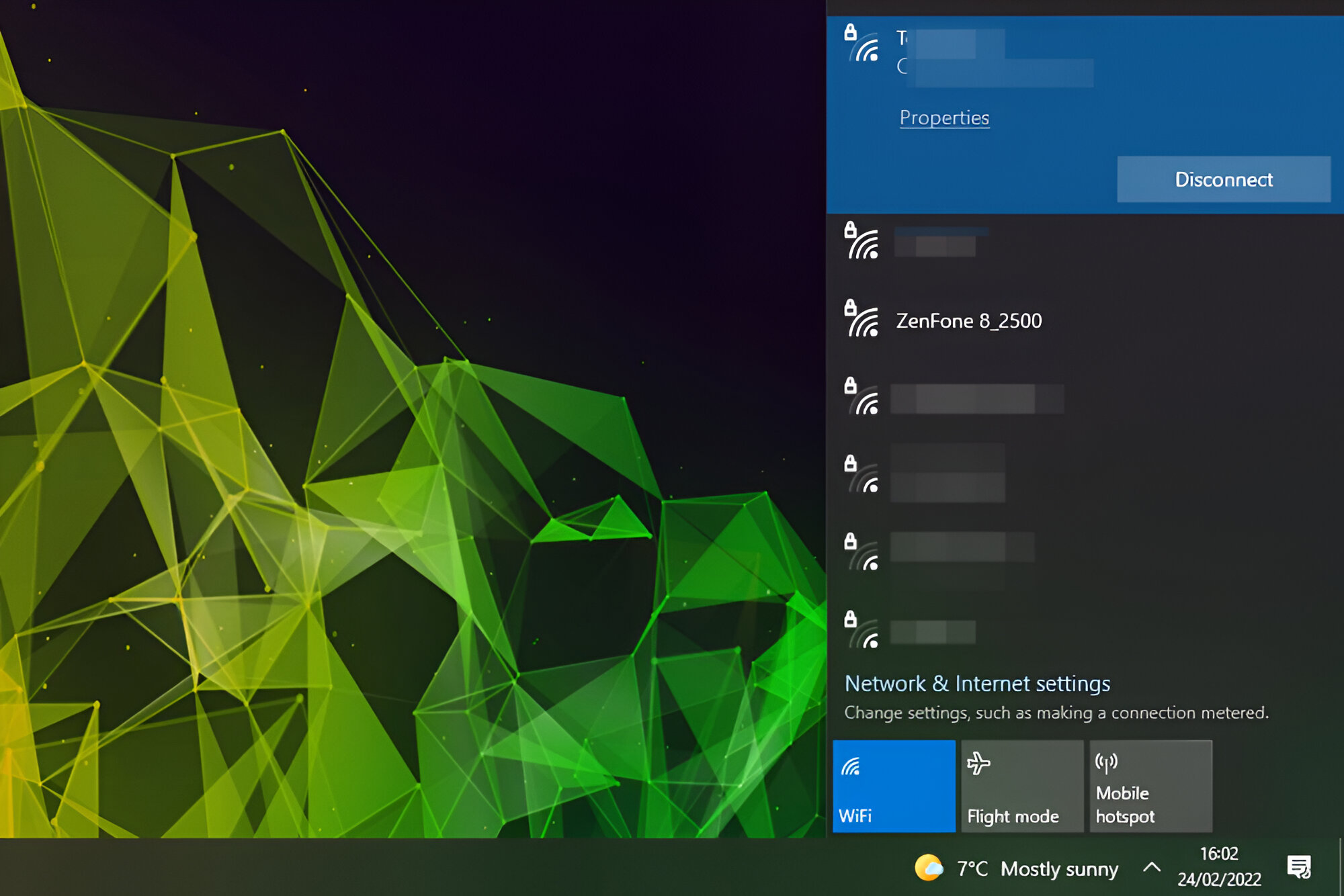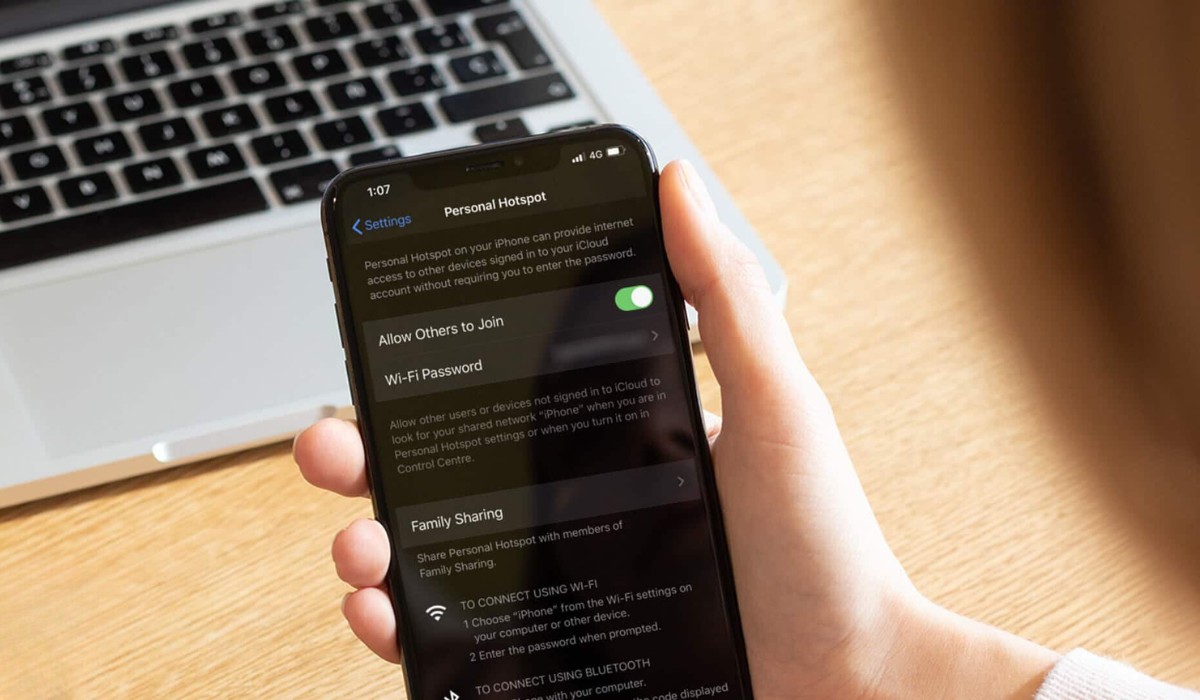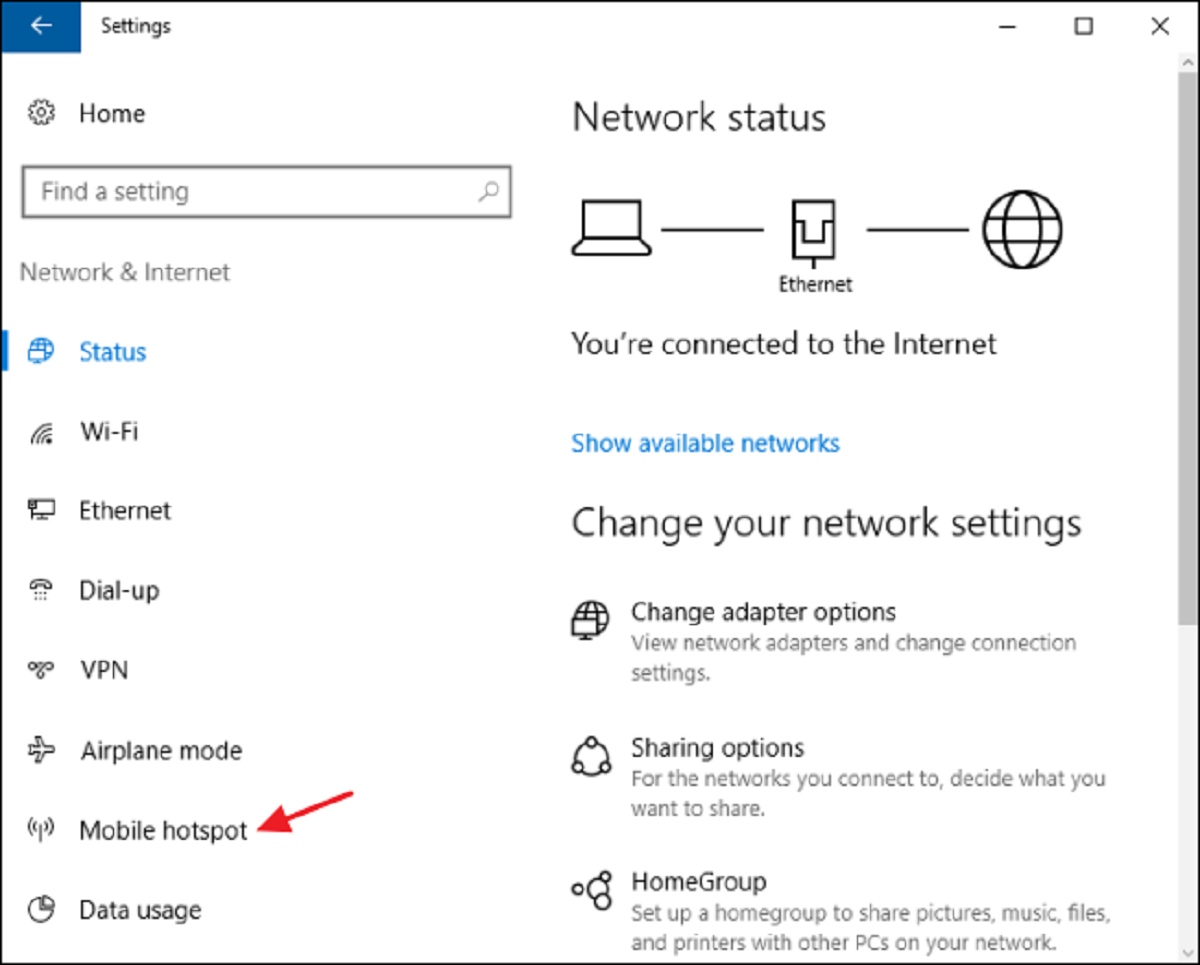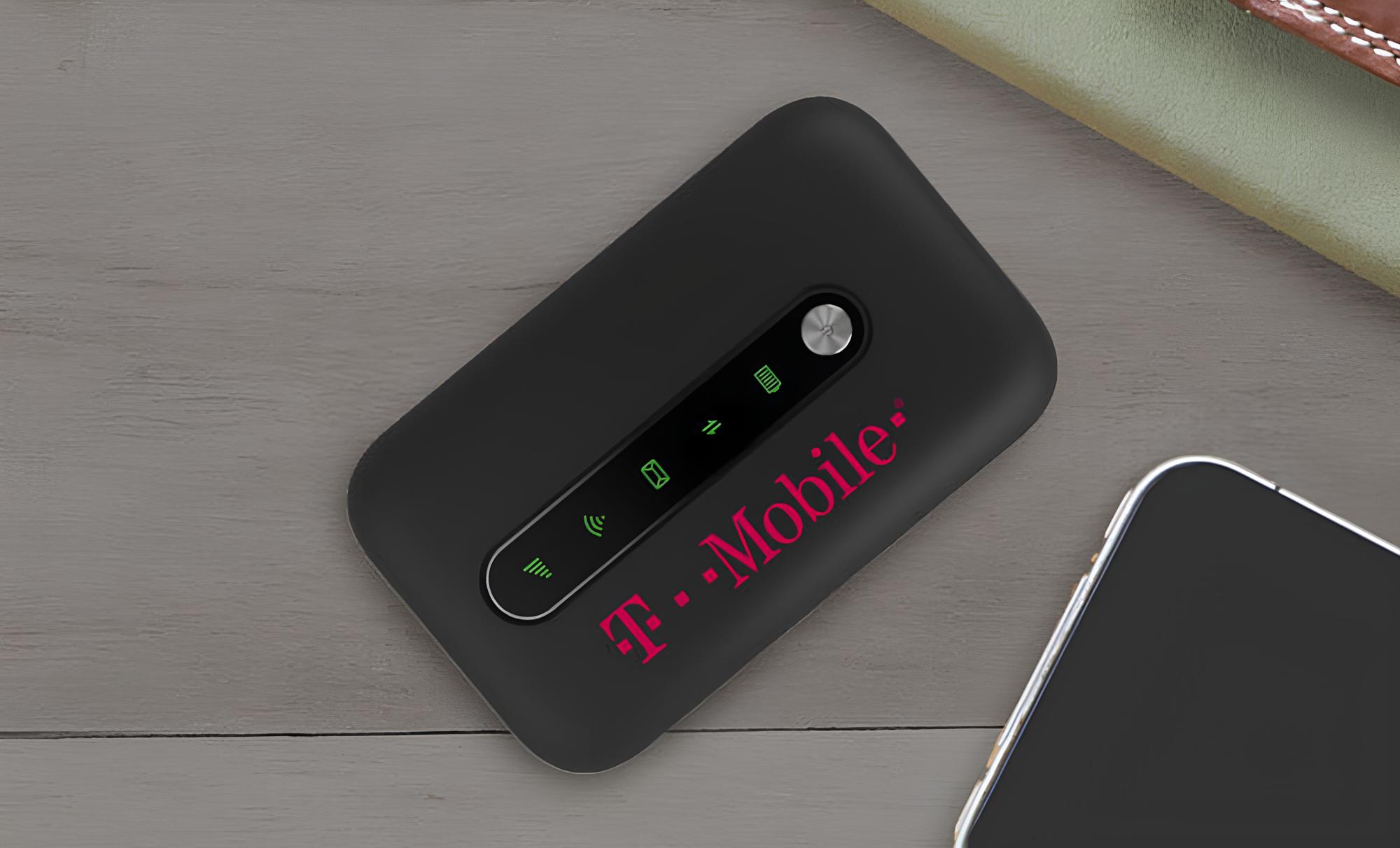Check Power Source
When troubleshooting a hotspot that's not visible, the first step is to ensure that the power source is functioning correctly. A reliable power supply is essential for the hotspot device to operate optimally. Here are some key points to consider when checking the power source:
-
Power Adapter: Begin by examining the power adapter connected to the hotspot device. Ensure that the adapter is securely plugged into a functional power outlet. Sometimes, a loose connection can disrupt the power supply, leading to the hotspot not being visible to other devices. If the hotspot is powered via USB, check that the USB port is providing adequate power.
-
Indicator Lights: Most hotspot devices feature indicator lights that provide valuable insights into the power status. Check these lights to confirm whether the device is receiving power. If the lights are not illuminated as expected, it could indicate a power supply issue.
-
Battery Status: For hotspots with built-in batteries, verify that the battery is adequately charged. Low battery levels can result in the hotspot not being visible to other devices. If the battery is removable, consider reseating it to ensure a secure connection.
-
Alternate Power Source: If available, try using a different power adapter or connecting the hotspot to an alternative power outlet. This can help determine if the issue is related to the original power source.
-
Overheating: Overheating can also impact the visibility of a hotspot. Check for any signs of overheating, such as unusual warmth or a burning odor. If the device is overheating, allow it to cool down before attempting to power it on again.
By thoroughly examining the power source and addressing any issues related to power supply, you can eliminate potential causes of the hotspot not being visible. Once the power source is confirmed to be functioning correctly, you can proceed to the next troubleshooting steps to further diagnose and resolve the visibility issue.
Verify Hotspot Settings
The next crucial step in troubleshooting a hotspot that is not visible involves verifying the hotspot settings. This process entails examining various configuration parameters to ensure that the hotspot is correctly set up for visibility and connectivity. By meticulously reviewing the hotspot settings, you can identify and address any potential issues that may be hindering its visibility to other devices.
Here are the key aspects to consider when verifying the hotspot settings:
Network Name (SSID) and Password
Check the network name (SSID) and password configured for the hotspot. Ensure that the SSID is unique and easily recognizable, and that the password is correctly entered. An incorrect SSID or password can prevent other devices from detecting and connecting to the hotspot.
Network Mode and Channel
Inspect the network mode and channel settings of the hotspot. Depending on the device, it may support different network modes such as 2.4GHz or 5GHz. Verify that the hotspot is operating on a compatible network mode and channel, especially if there are multiple hotspots in the vicinity. Choosing an optimal channel can minimize interference and enhance visibility.
Security and Encryption
Review the security and encryption settings of the hotspot. Confirm that the appropriate security protocol (e.g., WPA2) is enabled to protect the network, and verify that the encryption key is accurately configured. Incorrect security or encryption settings can lead to connectivity issues and impact the visibility of the hotspot.
MAC Filtering and Access Control
If the hotspot utilizes MAC filtering or access control features, double-check the configured MAC address whitelist or access control list. Ensure that the MAC addresses of authorized devices are correctly added to the list, and that any restrictions are not inadvertently preventing devices from detecting the hotspot.
Signal Strength and Range
Assess the signal strength and range of the hotspot. Factors such as obstructions, distance from the connected devices, and environmental conditions can affect the visibility of the hotspot. Position the hotspot in an optimal location to maximize its coverage and improve visibility to other devices.
By meticulously reviewing and verifying the hotspot settings, you can pinpoint any misconfigurations or discrepancies that may be contributing to the visibility issue. Once the settings are confirmed to be accurate, you can proceed with confidence to further troubleshoot the hotspot and restore its visibility for seamless connectivity.
With the hotspot settings thoroughly examined and validated, you are well-equipped to proceed with the troubleshooting process, armed with the assurance that the settings are optimized for visibility and connectivity. This comprehensive approach ensures that potential configuration-related issues are addressed, paving the way for a more effective resolution of the visibility problem.
Update Hotspot Software
Keeping the hotspot software up to date is crucial for ensuring optimal performance and addressing potential compatibility issues that may impact its visibility. Software updates often include bug fixes, security enhancements, and feature improvements, making it essential to regularly check for and install the latest updates provided by the hotspot manufacturer.
To initiate the software update process, start by accessing the hotspot's administrative interface or management console. This interface typically allows users to manage various settings and configurations, including software updates. Navigate to the software update section within the interface to check for available updates.
Upon identifying an available update, carefully review the release notes or update details provided by the manufacturer. These notes often outline the specific improvements and fixes included in the update, offering valuable insights into the potential impact on the hotspot's performance and visibility.
Before proceeding with the update, it is advisable to back up any critical configurations or settings to prevent data loss in the event of unforeseen issues during the update process. Once the backup is complete, proceed with downloading and installing the software update as per the manufacturer's instructions.
During the update installation, it is essential to ensure a stable and uninterrupted power supply to the hotspot device. Any power disruptions during the update process can lead to incomplete installations or potential firmware corruption, impacting the device's functionality.
Following the successful installation of the software update, reboot the hotspot device to apply the changes and allow the updated software to take effect. The rebooting process helps finalize the update and ensures that the hotspot operates with the latest software enhancements and optimizations.
By regularly updating the hotspot software, users can benefit from improved stability, enhanced security, and potential performance enhancements, all of which contribute to a more reliable and visible hotspot. Additionally, staying current with software updates aligns the hotspot with evolving technological standards and compatibility requirements, further solidifying its visibility and connectivity capabilities.
In summary, prioritizing the update of hotspot software is instrumental in maintaining its functionality and visibility, while also leveraging the latest improvements and security enhancements provided by the manufacturer. Regular software updates serve as a proactive measure to optimize the hotspot's performance and ensure seamless connectivity for all connected devices.
Check for Interference
When troubleshooting a hotspot that is not visible to other devices, it is crucial to investigate potential sources of interference that may be impeding its signal transmission. Interference can significantly impact the visibility and connectivity of the hotspot, leading to frustrating connectivity issues for users. By diligently examining and addressing possible sources of interference, users can enhance the visibility and performance of their hotspots.
Environmental Factors
Begin by assessing the environmental factors that could contribute to interference. Physical obstructions such as walls, dense structures, or metallic objects can obstruct the signal propagation of the hotspot, limiting its visibility to connected devices. Additionally, natural elements like water, foliage, and terrain features may also affect signal strength and visibility. By strategically positioning the hotspot in an unobstructed location and minimizing environmental barriers, users can mitigate potential interference and improve visibility.
Nearby Devices and Networks
The presence of nearby electronic devices and wireless networks can introduce interference that affects the visibility of the hotspot. Common household appliances, Bluetooth devices, cordless phones, and neighboring Wi-Fi networks can operate on similar frequencies as the hotspot, leading to signal overlap and interference. Conduct a thorough scan of the surrounding area to identify potential sources of interference, and consider adjusting the hotspot's operating frequency or channel to minimize conflicts and enhance visibility.
Signal Overload and Congestion
In densely populated areas or high-traffic network environments, signal overload and congestion can impact the visibility of the hotspot. When numerous devices attempt to connect to the same frequency or channel, it can lead to signal congestion and reduced visibility for individual devices. Adjusting the hotspot's transmission power, utilizing less congested channels, or implementing Quality of Service (QoS) settings can help alleviate congestion and improve visibility for connected devices.
Radio Frequency Interference
Radio frequency interference from external sources, such as electronic equipment, power lines, or industrial machinery, can disrupt the signal transmission of the hotspot, resulting in diminished visibility. Identifying and mitigating sources of radio frequency interference through shielding, repositioning the hotspot, or utilizing interference-resistant equipment can effectively enhance visibility and minimize connectivity disruptions.
By meticulously examining and addressing potential sources of interference, users can significantly improve the visibility and connectivity of their hotspots. Proactive interference management and strategic optimization of the hotspot's operating environment are essential steps in ensuring consistent and reliable connectivity for all connected devices.
Restart Hotspot Device
Restarting the hotspot device is a fundamental yet often overlooked troubleshooting step that can effectively resolve visibility issues and restore optimal functionality. This straightforward process involves powering off the hotspot, allowing it to rest momentarily, and then powering it back on. The act of restarting the device can address a wide range of potential issues, including software glitches, temporary network conflicts, and memory leaks, ultimately rejuvenating the hotspot's performance and visibility.
To initiate the restart process, begin by powering off the hotspot device using the designated power button or switch. It is essential to ensure a complete shutdown of the device, allowing any active processes or background tasks to cease gracefully. Once the device is powered off, it is advisable to disconnect the power source and remove the battery, if applicable, to facilitate a thorough reset.
After a brief interval, typically ranging from 30 seconds to a few minutes, reconnect the power source and power on the hotspot device. As the device boots up, it undergoes a fresh initialization process, allowing it to clear temporary caches, reestablish network connections, and recalibrate its operations. This rejuvenating sequence can effectively resolve transient issues that may have hindered the hotspot's visibility to other devices.
The act of restarting the hotspot device serves as a simple yet potent mechanism for troubleshooting and rectifying visibility issues. It provides a clean slate for the device to recommence its operations, potentially resolving software hiccups or network conflicts that may have contributed to the visibility problem. Additionally, the restart process offers an opportunity for the device to realign its internal components and configurations, further enhancing its visibility and connectivity capabilities.
By incorporating the practice of periodically restarting the hotspot device into regular maintenance routines, users can proactively mitigate potential visibility issues and ensure consistent performance. This proactive approach can preemptively address underlying issues that may compromise the hotspot's visibility, fostering a more reliable and seamless connectivity experience for all connected devices.
In essence, the act of restarting the hotspot device serves as a foundational troubleshooting measure, offering a swift and effective means of addressing visibility issues and restoring optimal functionality. Embracing this simple yet impactful practice empowers users to maintain the visibility and performance of their hotspots, ultimately fostering a more dependable and robust network environment for all connected devices.







